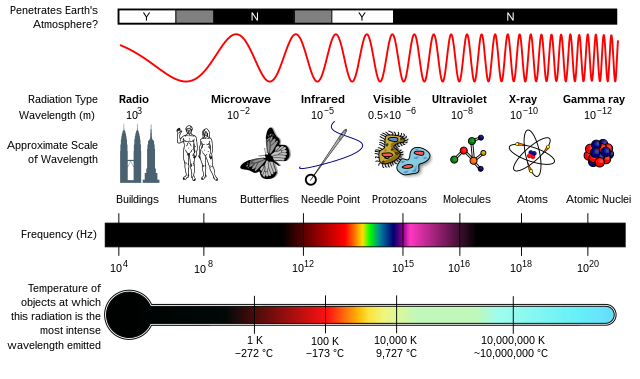---
- § 13A-6-90. Stalking in the first degree
- § 13A-6-90.1. Stalking in the second degree
- § 13A-6-91. Aggravated stalking in the first degree
- § 13A-6-91.1. Aggravated stalking in the second degree
- § 13A-6-92. Definitions
- § 13A-6-94. Construction; constitutionality of article
---
Code of Ala. § 13A-6-90. Stalking in the first degree. (2012)
(a) A person who intentionally and repeatedly follows or harasses another person and who makes a threat, either expressed or implied, with the intent to place that person in reasonable fear of death or serious bodily harm is guilty of the crime of stalking in the first degree.
(b) The crime of stalking in the first degree is a Class C felony.
Code of Ala. § 13A-6-90.1. Stalking in the second degree. (2012)
(a) A person who, acting with an improper purpose, intentionally and repeatedly follows, harasses, telephones, or initiates communication, verbally, electronically, or otherwise, with another person, any member of the other person's immediate family, or any third party with whom the other person is acquainted, and causes material harm to the mental or emotional health of the other person, or causes such person to reasonably fear that his or her employment, business, or career is threatened, and the perpetrator was previously informed to cease that conduct is guilty of the crime of stalking in the second degree.
(b) The crime of stalking in the second degree is a Class B misdemeanor.
Code of Ala. § 13A-6-91. Aggravated stalking in the first degree. (2012)
(a) A person who violates the provisions of Section 13A-6-90(a) and whose conduct in doing so also violates any court order or injunction is guilty of the crime of aggravated stalking in the first degree.
(b) The crime of aggravated stalking in the first degree is a Class B felony.
Code of Ala. § 13A-6-91.1. Aggravated stalking in the second degree (2012)
(a) A person who violates the provisions of Section 13A-6-90.1 and whose conduct in doing so also violates any court order or injunction is guilty of the crime of aggravated stalking in the second degree.
(b) The crime of aggravated stalking in the second degree is a Class C felony.
Code of Ala. § 13A-6-92. Definitions. (1994)
As used in this article, the following terms shall have the following meanings, respectively, unless the context clearly indicates otherwise.
(a) Course of conduct. A pattern of conduct composed of a series of acts over a period of time which evidences a continuity of purpose.
(b) Credible threat. A threat, expressed or implied, made with the intent and the apparent ability to carry out the threat so as to cause the person who is the target of the threat to fear for his or her safety or the safety of a family member and to cause reasonable mental anxiety, anguish, or fear.
(c) Harasses. Engages in an intentional course of conduct directed at a specified person which alarms or annoys that person, or interferes with the freedom of movement of that person, and which serves no legitimate purpose. The course of conduct must be such as would cause a reasonable person to suffer substantial emotional distress, and must actually cause substantial emotional distress. Constitutionally protected conduct is not included within the definition of this term.
Code of Ala. § 13A-6-93. Construction; similar provisions. (1992)
Code of Ala. § 13A-6-93. Construction; similar provisions. (1992)
Code of Ala. § 13A-6-94. Construction; constitutionality of article. (1992)
This article shall be construed and, if necessary, reconstrued to sustain its constitutionality.



















